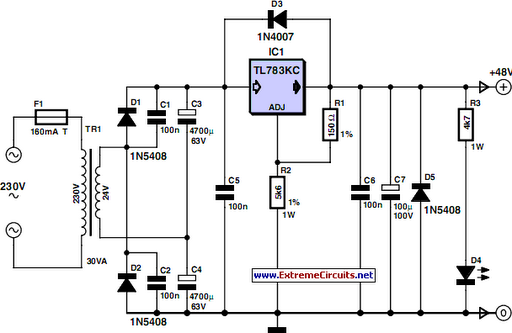I`m building a REDD47 and the power transformer doesn`t have a tap for the phantom power... :-\ I was thinking about use a voltage multiplier from the 6.3V AC tap to get the 48V but provably the current will be very low... other option could be use a resistive divisor or a zener array to get the 48V from the 300V DC supply.
I would like to hear opinions and experiences doing this.
best regards
Rafael
I would like to hear opinions and experiences doing this.
best regards
Rafael





